I’ve seen art in galleries. I’ve seen it in museums, in churches, on city streets. But today, I saw art in the desert—and that changes everything.

Desert X is unlike anything I’ve experienced before. Founded in 2017, this biennial exhibition transforms the Coachella Valley into an open-air gallery, one that demands not only your attention but your participation. You drive, you walk, you stand in the sand. You feel the heat. The wind. The silence. You squint toward distant mountain ridges. And then—suddenly—art appears. Not framed, not roped off. Just… there. Breathing in the same sun and dust as you.
And here’s the thing: I’m no art connoisseur. I don’t carry a sketchbook or speak in brushstroke jargon. But I have a curious mind and a long memory. And somewhere back in college, I took enough art history classes that I probably could have majored in it—if not for the pull of other passions. What I do remember, vividly, is the way those professors made art come alive. They didn’t just teach; they invited. They opened doors to different ways of seeing.
That’s what Desert X does. It doesn’t demand credentials or fancy vocabulary. It simply offers you a moment to stop and ask: What is this making me feel?
While there are other land-based or open-air art exhibitions around the world—Arte Sella in Italy, the Goldwell Open Air Museum in Nevada, even a sister version of Desert X in AlUla, Saudi Arabia—this one feels different. Desert X is unapologetically contemporary, both in the themes it explores and the questions it raises. It brings artists from around the globe into dialogue with this very specific slice of American desert.
This year’s edition, running from March 8 to May 11, 2025, features 11 site-specific installations spread across the valley’s 185 square miles. The exhibition invites artists from Asia, Europe, the Americas, and the Middle East to engage with themes like Indigenous futurism, design activism, and the human imprint on the land.
Today, I visited three of these installations, and each one left its mark.
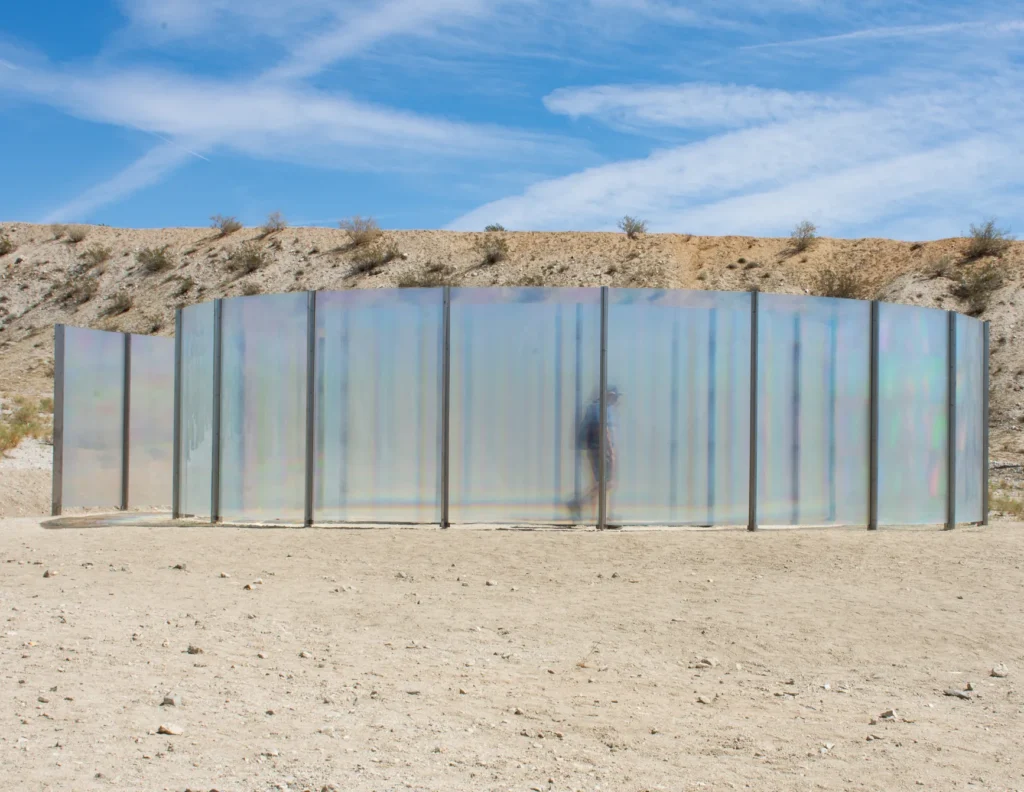
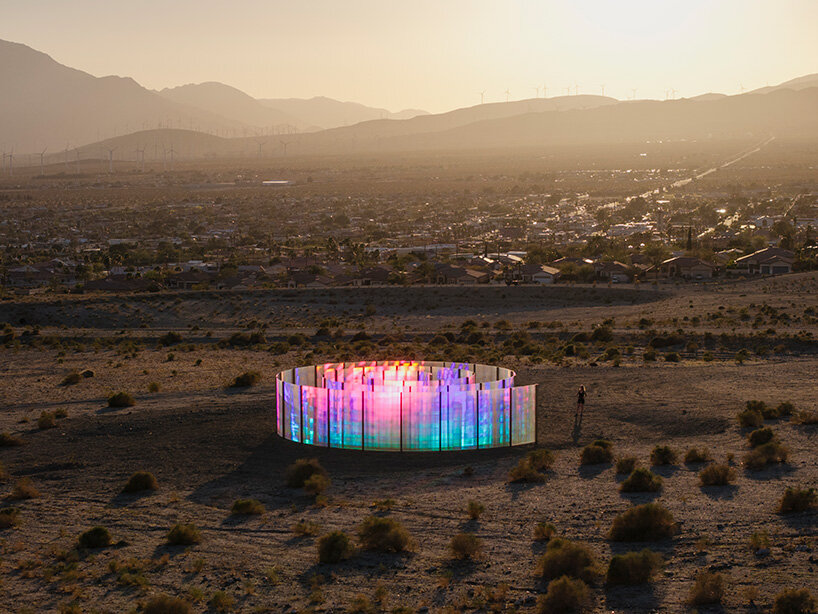
- Kimsooja – “To Breathe – Coachella Valley”
A translucent, iridescent structure that plays with the light and refracts the world around it, this piece made me stop and wonder—what are we really seeing? How much do we miss because of the filters we carry? Kimsooja creates a space of gentle disorientation. As I moved around and within the piece, the desert shifted. What had been barren looked radiant. What had seemed fixed now shimmered. A simple structure, but with a quietly radical question at its core: What does it mean to see clearly?
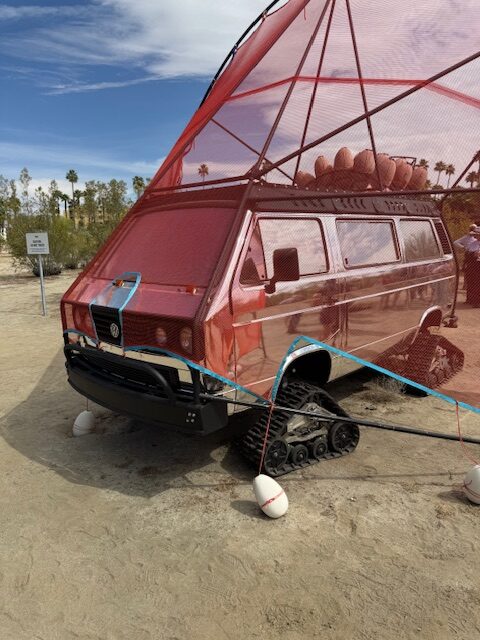
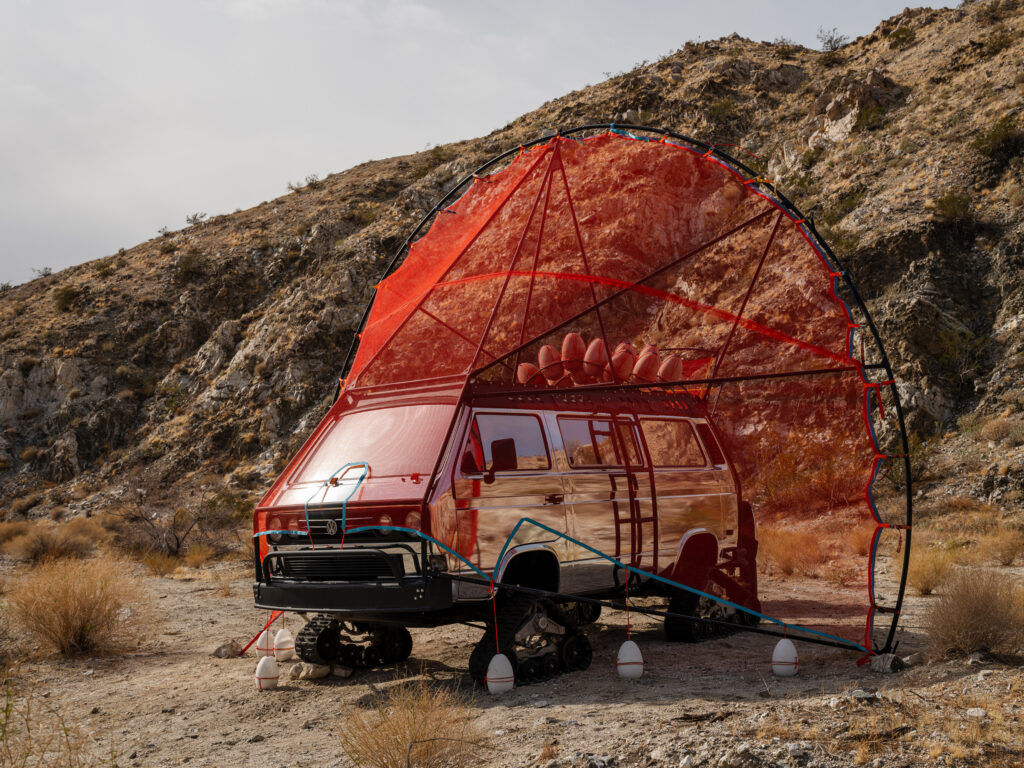
2. Cannupa Hanska Luger – “G.H.O.S.T. Ride”
This one hit me in the chest. A sculpture shaped from wire mesh and mounted to resemble a phantom horse and rider—or more precisely, a ghostly VW bus—the piece is part elegy, part prophecy. Luger’s work honors Indigenous history, displacement, and the often-erased trauma embedded in the American landscape. “G.H.O.S.T.” stands for Genocide, Human rights, Oppression, Suppression, and Trauma. It’s not subtle, nor should it be. In the middle of this vast land, where erasure has often been the rule, this spectral figure refuses to be forgotten.
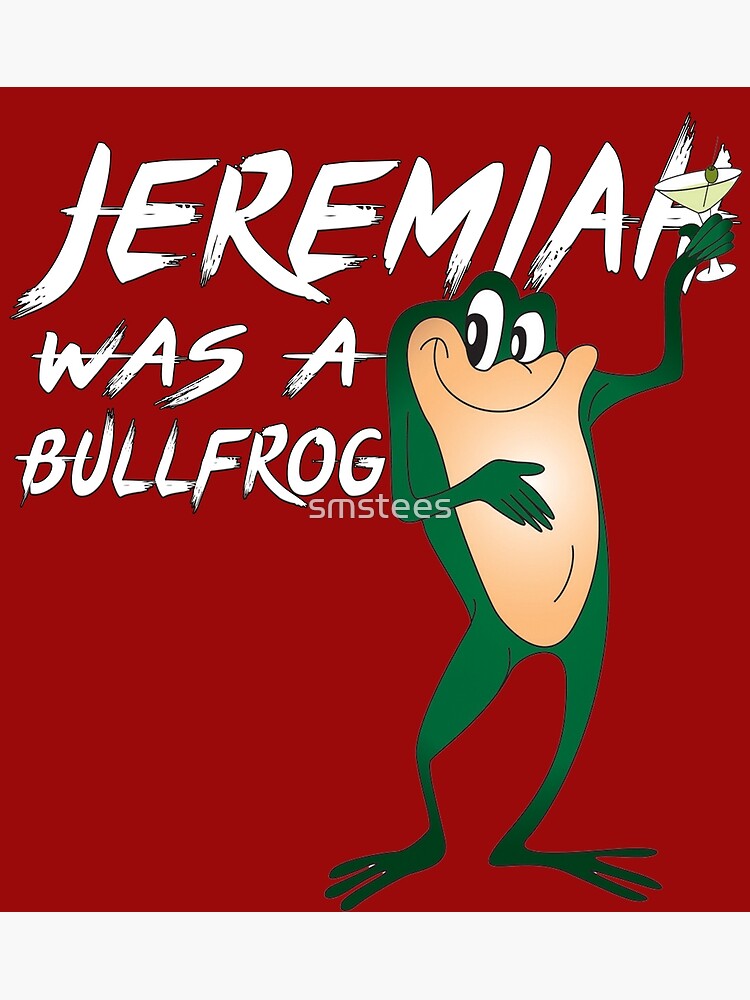
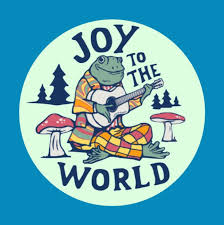
But it also stirred something personal in me. That ghostly VW form—its shape unmistakable—transported me back to the 1960s and ’70s, when I had a VW camper van of my own. I named it Jeremiah—yes, after “Jeremiah was a bullfrog,” the opening words in the unbelievably popular song Joy to the World. I even had a decal of the frog on the driver’s side of the van. I loved that van. Traveled across the country with it. Took my kids car camping in it. It was my freedom machine, my escape pod, my rolling invitation to explore and roam. I paid $4,000 for it brand new, which felt like a fortune back then. In the picture are my two wonderful daughters Cynthia and Mary, their Mom who has sadly passed, and yours truly some 50 years ago.

Seeing Luger’s sculpture today made me wonder—was he pointing back to that era not just for its injustices, but for its spirit of meandering? Its yearning to get off the grid, find your tribe, travel light, and live fully? In that sense, the sculpture doesn’t just mourn the past—it asks what kind of future we want to drive toward. It asks if maybe the road we are headed toward is one we already traveled once before.
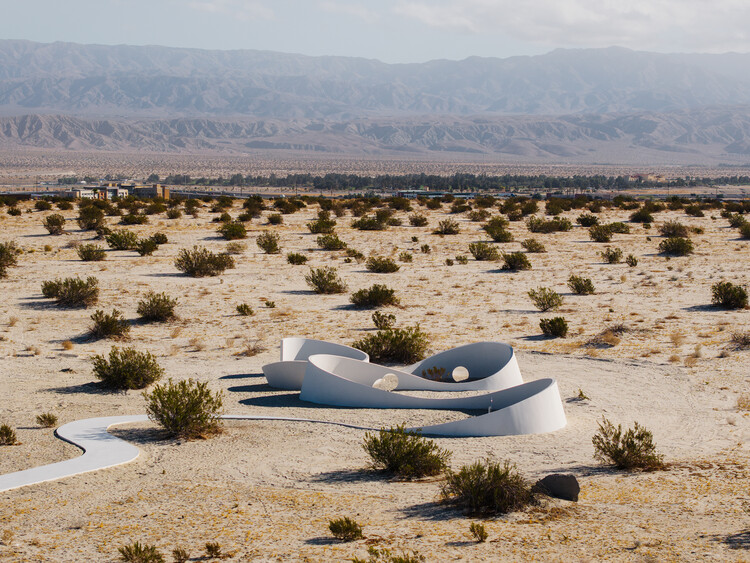
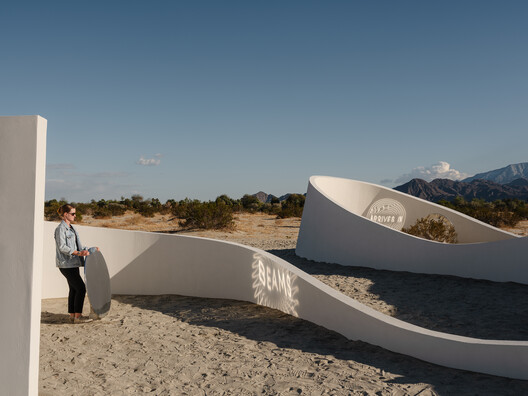
- Sarah Meyohas – “Truth Arrives in Slanted Beams”
The title alone deserves a pause. In this digital and often disorienting age, truth feels elusive—bent, refracted, manipulated. Meyohas leans into this instability, using mirrored panels and digital projections to explore perception, illusion, and the blurred line between reality and data. It’s cerebral and sensory all at once. As the beams bent and twisted, I couldn’t help but think: maybe truth does arrive slant, like Dickinson said, and maybe we’re the ones who have to adjust our angle to see it. It asks what is truth?
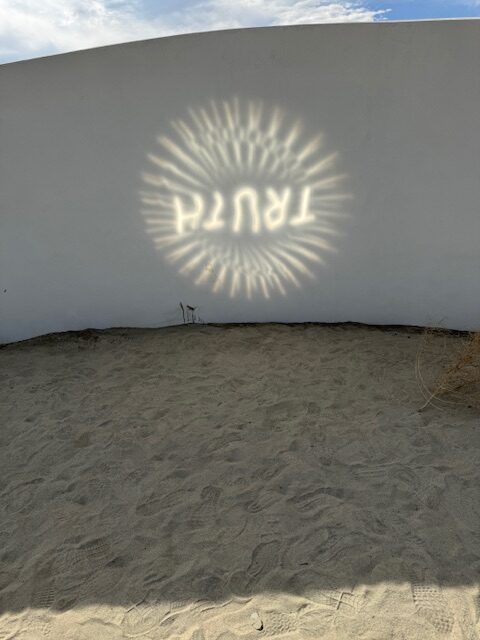
Three Messages, One Medium
What unites these pieces is not just their desert setting or their individual brilliance. It’s the way they quietly insist that art still matters.

And on that note, one more personal story. Years ago, I was in Washington, D.C., with my then-15-year-old son, Guy. I called an old college friend—Arthur Wheelock—who at the time was the curator of Flemish art at the National Gallery of Art. Arthur graciously said we could stop by. When we arrived, he turned to my son and said, “Want to see the gallery?” Guy said, “Sure.” And then Arthur did something extraordinary. He led us to one painting—just one—and spent the next 45 minutes unpacking its every detail with Guy. The light, the symbolism, the brushwork, the story behind it. It was a masterclass in slowing down. In paying attention. In letting art speak.
That memory has never left me. And today in the desert, I felt that same lesson again: You don’t have to see everything. You just have to see.
Desert X is a monumental endeavor, requiring extensive collaboration among artists, curators, local communities, and sponsors. The installations are free and accessible from sunrise to sunset, thanks to the generous support of donors and the dedication of countless volunteers.
And it seems to be doing what it set out to do: invite reflection, stir curiosity, spark conversation, challenge assumptions.
In a world of division, distortion, and disconnection, art can still anchor us. It can still open something. Today reminded me that art doesn’t always shout—but it always speaks. And in this dusty, sun-baked landscape, it spoke to me.
Maybe that’s what Desert X really is: a reminder. That the land holds memory. That beauty can emerge from bareness. That artists are still here, still seeing, still offering us a way in. And maybe—just maybe—that’s enough for now.
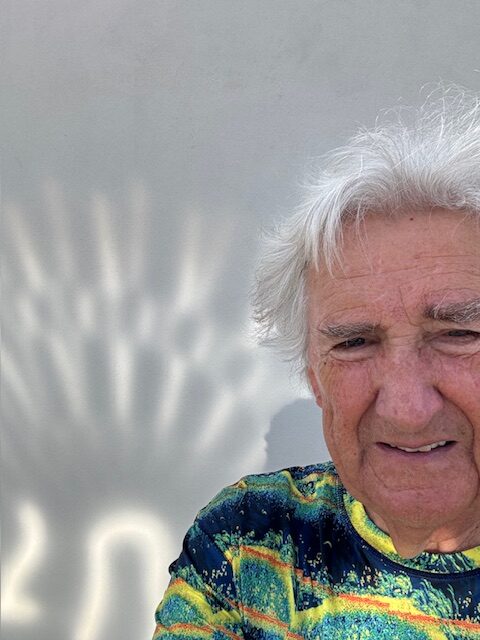
Thanks for sharing this Neil – it looks like an amazing experience. And thanks for bringing back lovely memories of Jerimiah! I can still see the frog decal in my mind :). Loved the picture with Mom :).
Thanks for this Neil. Very interesting. Have you ever walked into the Phantom Castle art structure in Coachella?. If not, drive out there and do so, it is only 15 minutes from your place. Another place you’d like is Cabot’s Pueblo Museum in Desert Hot Springs, well worth the tour.
Well done my friend. Love the photo!
👍
Wow, that installation looks amazing and love that it is outside for all to enjoy! The Jeremiah memory was special as well! I have many fond memories of riding (and sometimes breaking down 😉) in him. A great way to explore!
Great!